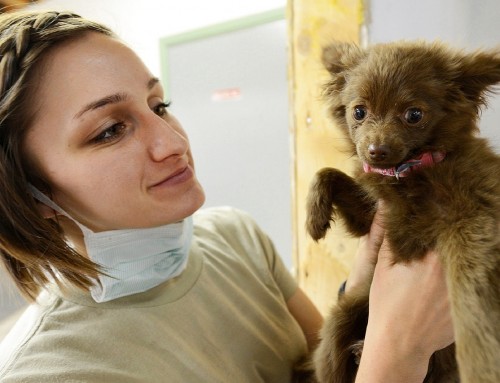Your digital marketing strategy should be judged by how effective it is in driving real business growth. Primarily, there are two steps to doing this: drive more traffic to your website, and convert more website visits into client visits. Today, we’re going to talk about SEO (option 1). In this article, you’re going to learn about the low hanging fruit that will help you drive more traffic from the search engines onto your website.
Tip 1 – Title Tags and Meta Descriptions

Many veterinary practices don’t pay much attention to this, and it is a huge missed opportunity. Title tags and meta descriptions are a large determining factor of search engine ranking, and have a high degree of influence on click-through percentage.
You should optimize these for every single page on your website, though your home page is by far the most important. Your title tag should be a few words describing who you are and what you do. Your meta description should be a sentence or two that includes a quick value proposition, basic services you offer, and the location you serve. See the picture above as an example of an effective title tag/meta description combo.
Tip 2 – Clean up your online directory listings

Google’s revolutionary insight that catapulted them from obscurity into stardom was the idea of using back-links to rank websites. Many back-links to your website come from online directories, and a significant portion of your SEO depends on the accuracy from these sites.
The first thing to do is to check and see how you’re doing. Here’s a (free!) resource trusted by SEO professionals to do just that: Moz Local. Enter your business name and zip code, and then find your business. It’ll generate a score for you – if you’re under 90%, you should designate an employee (or your marketing agency) to spend time entering in the correct information to the inaccurate or incomplete directories.
Tip 3 – Tag your photos

Google can’t index a photo unless you first provide them with a description of it. This is probably the most common missed opportunity for SEO points on veterinary websites – almost no one does it! You’ll want to log in to your CMS (like WordPress), find your media library, and begin tagging your images. Make sure to put in “Alt Text” (which should be the title of the image), and the description of the image too.







Leave A Comment